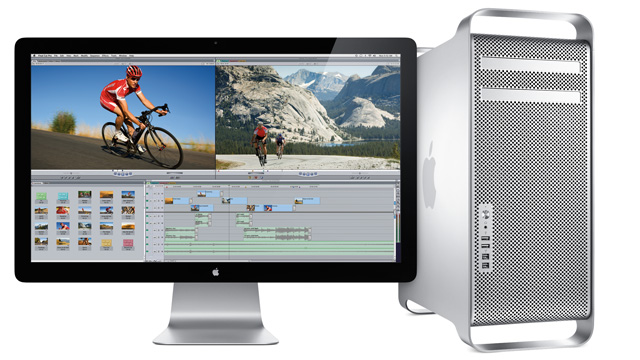Google Chrome was recently released and it seems that a lot of people are having questions around why they can't access content on certain webpages. What I've found is most of those webpages that people are having trouble on are pages that are running Java applets. For example, my fullscreen slideshow applet in my gallery (G2) uses a java applet. For those of you having issues with webpages where you are getting a yellow box with a plugin icon in it that says 'No Plugin Available to Display this Content' you might try downloading the latest version of the Java.
- A Plugin Is Needed To Display This Content Macro
- A Plugin Is Needed To Display This Content Macro
- A Plugin Is Needed To Display This Content Machine
- A Plugin Is Needed To Display This Content Machinery
That version of Java happens to still be in beta, but it appears to be working great for most people. Specifically,Google Chrome requires Java version 6, update 10. You can download the latest version of Java from this website:
For those of you who aren't sure what to download, you probably just need the Windows Online Installer which you can download / run from this direct link: JRE Online Installer – Note: most people can uncheck the OpenOffice checkbox which will install Sun's (free) version of Microsoft Office.
A Plugin Is Needed To Display This Content Macro
All Activity; Home; Affinity Support; Affinity Support & Questions; Affinity on Desktop Questions (Mac and Windows) PHOTO: G'MIC-Plugin doesn't work.
Update: Google officially has this in their knowledgebase.

- End users need to install the Okta Extension App from the Mac App Store. Once installed, the app can be found in the Applications folder or opened from the app store. When the app is opened, the user will see a successful installation message in a new window. Click Open Safari in the window to start using the app in Safari.
- On the web page that appears, the number of displays your Mac supports is displayed under Video Support or Graphics. If you're using a Mac with Apple Silicon, you can connect a single external display using one of the Thunderbolt/USB 4 ports. On Mac mini (M1, 2020), you can connect a second display to the HDMI port.

- End users need to install the Okta Extension App from the Mac App Store. Once installed, the app can be found in the Applications folder or opened from the app store. When the app is opened, the user will see a successful installation message in a new window. Click Open Safari in the window to start using the app in Safari.
- On the web page that appears, the number of displays your Mac supports is displayed under Video Support or Graphics. If you're using a Mac with Apple Silicon, you can connect a single external display using one of the Thunderbolt/USB 4 ports. On Mac mini (M1, 2020), you can connect a second display to the HDMI port.
If this fix / tip worked for you or you have something to add, leave a comment below.
Check display support
You can connect one or more external displays depending on your Mac model. To find out how many external displays your Mac supports, check its technical specifications:
- Choose Apple menu > About This Mac.
- Click the Support tab.
- Click Specifications.
- On the web page that appears, the number of displays your Mac supports is displayed under Video Support or Graphics.
If you're using a Mac with Apple Silicon, you can connect a single external display to your Mac using one of the Thunderbolt/USB 4 ports. Docks don't increase the number of displays you can connect as an extended desktop. On Mac mini (M1, 2020), you can connect a second display to the HDMI port.
Connect your display
Connect your display to a power source, then connect your display to your Mac. What are the system requirements for google chrome. Check the ports on your Mac to find out whether you need an adapter.
Change display options
After you've connected your display, you can choose to extend your desktop or mirror your displays.
Use extended desktop mode
- Choose Apple menu > System Preferences, then click Displays.
- Click the Arrangement tab.
- Make sure that the Mirror Displays tick box isn't selected.
- Arrange your displays to match the setup on your desk. To change the position of a display, drag it to the desired position. A red border appears around the display as it's moved.
- To set a different display as the primary display, drag the menu bar to the other display. The primary display is where your desktop icons and app windows first appear.
A Plugin Is Needed To Display This Content Macro
Mirror your displays
- Make sure your external display is turned on and connected to your Mac.
- Choose Apple menu > System Preferences, click Displays, then click the Arrangement tab.
- Make sure the Mirror Displays tick box is selected.
Use AirPlay
A Plugin Is Needed To Display This Content Machine
With Apple TV, you can use your TV as a separate display for your Mac. Find out how to use AirPlay to mirror or extend your Mac display. Access usb drive on mac.

